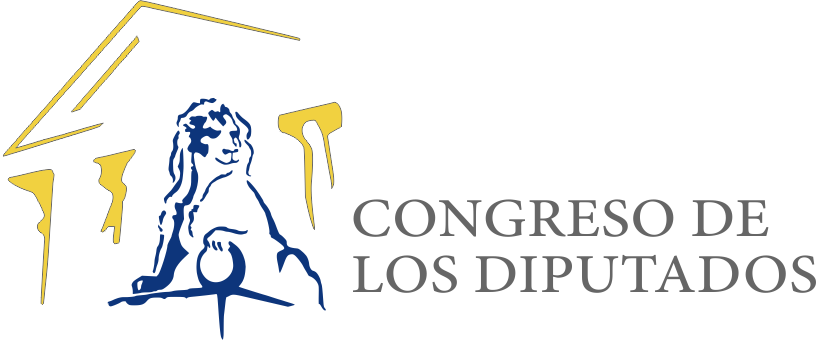|
The Congress Library links directly to the former historical Library of the Cortes, already established by the Cortes of Cádiz in 1811. During the bicameral system periods it has been the library of the lower Chambers, with its varying names, and when only one Chamber existed, the library of the Cortes.
Along its more than two centuries history, four clearly defined periods can be draw:
1811 to 1838: The Cortes Library
This was the period of greatest drive and splendour in the entire history of the library, thanks to the ambitious program of its first Head librarian, Bartolomé José Gallardo, who promoted its conversion into the first Spanish National library. It is as well the best documented phase in the library's history, and it provided the greatest amount of literary riches as far as holdings are concerned.
1841 to 1936
During this phase the library received various designations according to the different denominations of the Chamber itself. It was a stable period, with a less spectacular development of the collections but a far more effective library management, organisation and description. In 1850 the Congress arranged for its own specific headquarters, building the palace where it stands to this date and providing the appropriate locations for the library. Along this time, and most specifically between 1857 and 1928, ten general or partial catalogues appeared, and periodical information about the newest holdings acquired or received by the library was included on a regular basis in different publications of the Chamber.
1943-1977: The Spanish Cortes Library
The scarce activity of the Chamber during this phase resulted in a certain level of inactivity in the library, until its reactivation at the end of the period.
1977 to date: The Congress of Deputies library
Since 1977, the library undertook a new development process, first marked by the establishment, within the Staff of the Chamber, of the civil servants Body of Archivist Librarians of the Cortes Generales in 1978, and then followed by a slow but uninterrupted increase in staff and means; the betterment of the holdings and collections acquisition policies, and the transition to and implementation of the new technologies, inclusive of the automation of all its bibliographic records. These factors have eventually determined the growing importance of the Library within the documentary and information services of the Chamber, both for historical research and current affairs purposes.
|

